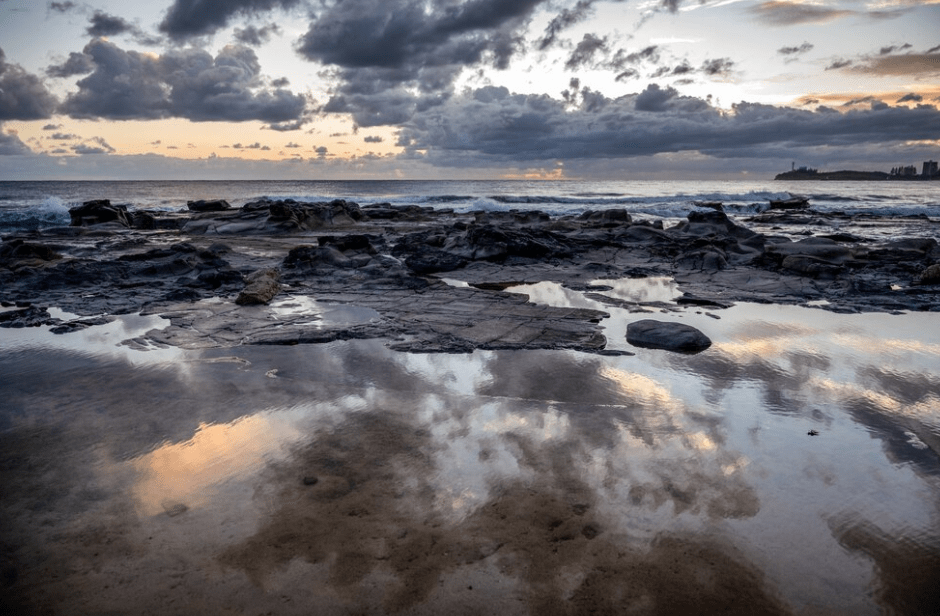
Exploring Hawaii's Diverse Climate
Jasmine Bell May 16, 2024

Jasmine Bell May 16, 2024
Hawaii is renowned for its breathtaking landscapes, vibrant culture, and idyllic weather. However, many people are surprised to learn that the islands of Hawaii boast a wide range of microclimates, each offering a unique weather experience. From tropical rainforests to arid deserts, the diverse climates across the islands create an ever-changing tapestry of weather patterns that influence life in paradise. In this blog post, we'll take you on a journey through the various climates found across Hawaii's major islands.
The Big Island, the largest of Hawaii's islands, is home to the most diverse climate zones in the state. Thanks to its massive size and varying elevations, the Big Island offers everything from sun-soaked beaches to snow-capped mountains.
Maui, known as the "Valley Isle," also showcases a variety of microclimates due to its diverse topography.
Oahu, the most populous island, offers a blend of urban excitement and natural beauty, with varying climates across its regions.
Kauai, the "Garden Isle," is renowned for its natural beauty and lush landscapes, heavily influenced by its climate.
These smaller islands each have their unique climate characteristics, offering a quieter and more secluded experience.
Molokai: Known for its rural and unspoiled beauty, Molokai has a mix of climates. The eastern part of the island is wetter, supporting lush forests, while the western side is drier and more arid.
Lanai: Lanai's climate is generally dry and sunny, especially in the lowland areas. The higher elevations can be cooler and receive more rain, supporting the island's diverse plant life.
Conclusion
Hawaii's diverse climates across its islands create a unique environment that offers something for everyone. Whether you prefer the tropical rainforests of Hilo, the sunny beaches of Kona, or the dramatic landscapes of Waimea Canyon, understanding the various weather patterns can help you make the most of your time in paradise. Embrace the island's diversity and discover the unique climates that make Hawaii a truly magical destination.
Stay up to date on the latest real estate trends.

Lace up your hiking boots! This National Take a Hike Day, explore Oʻahu’s most stunning trails — from lush rainforests to panoramic coastal views. Here are 5 hikes you… Read more
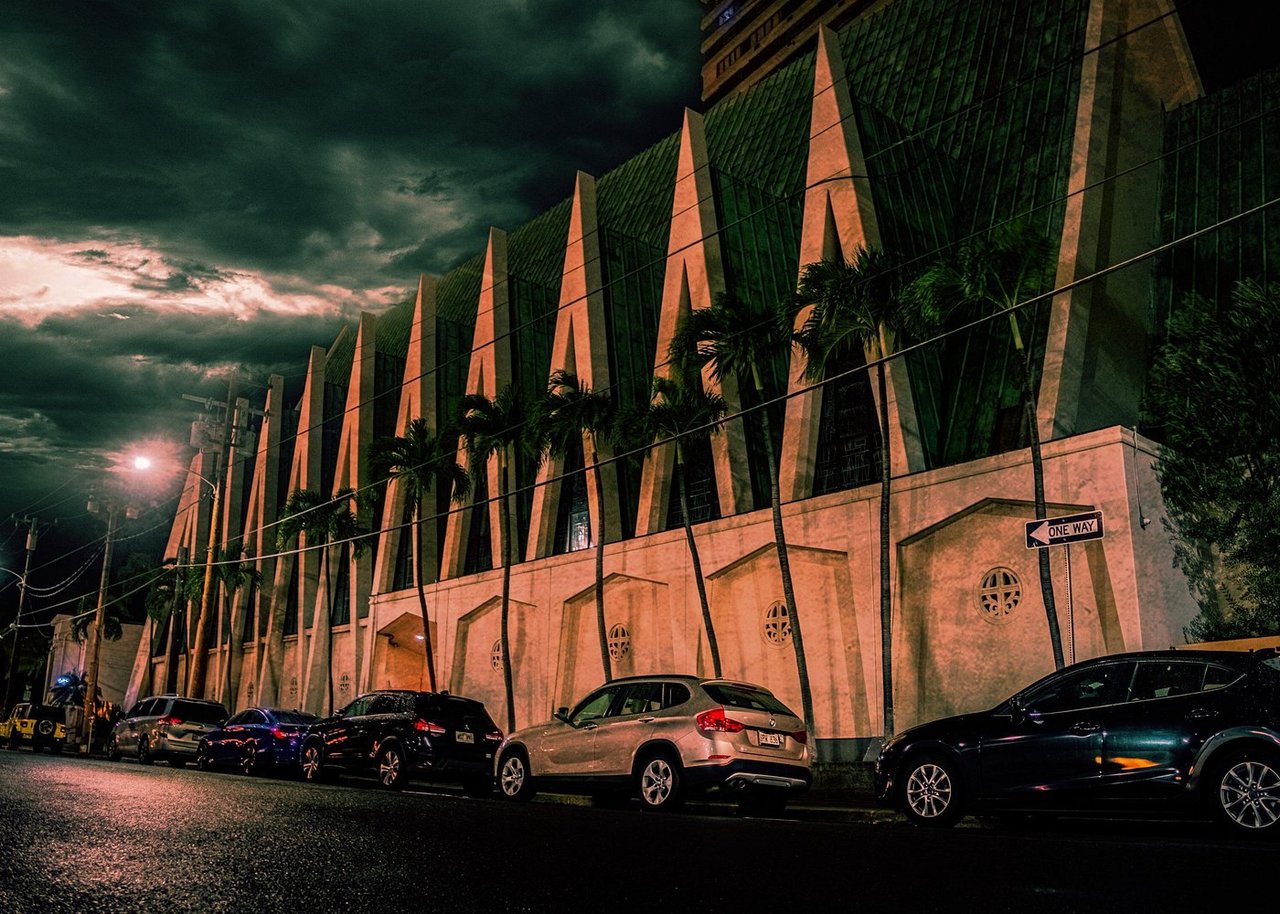
Discover Oʻahu’s haunted sites, chilling legends, and ghostly tours.

From shifting ordinances to federal rulings, here’s a clear breakdown of how today’s laws affect homeowners, buyers, and investors.
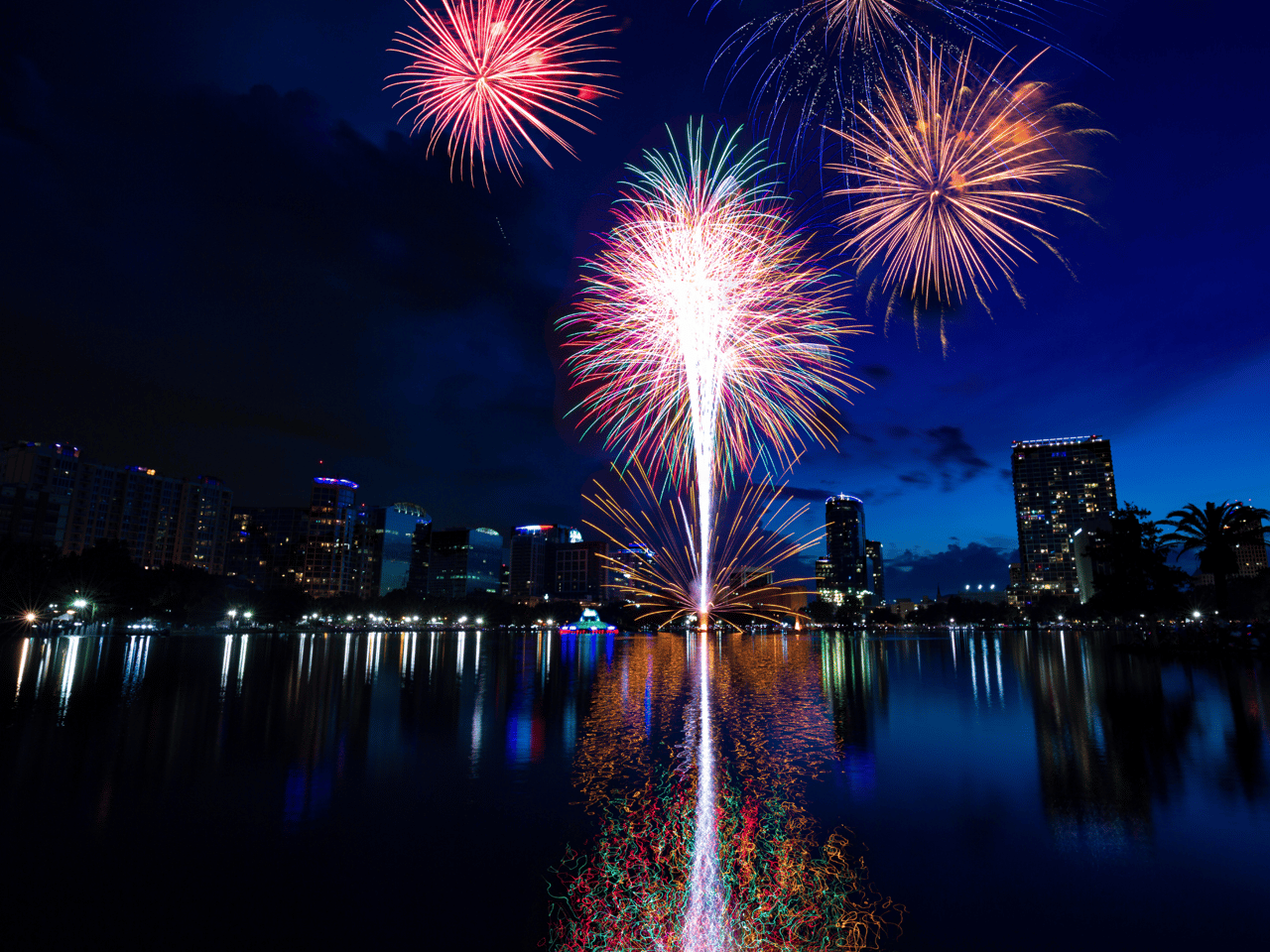
Where to Watch Fireworks and Celebrate the 4th of July on Oʻahu – Events, Music, BBQ & More
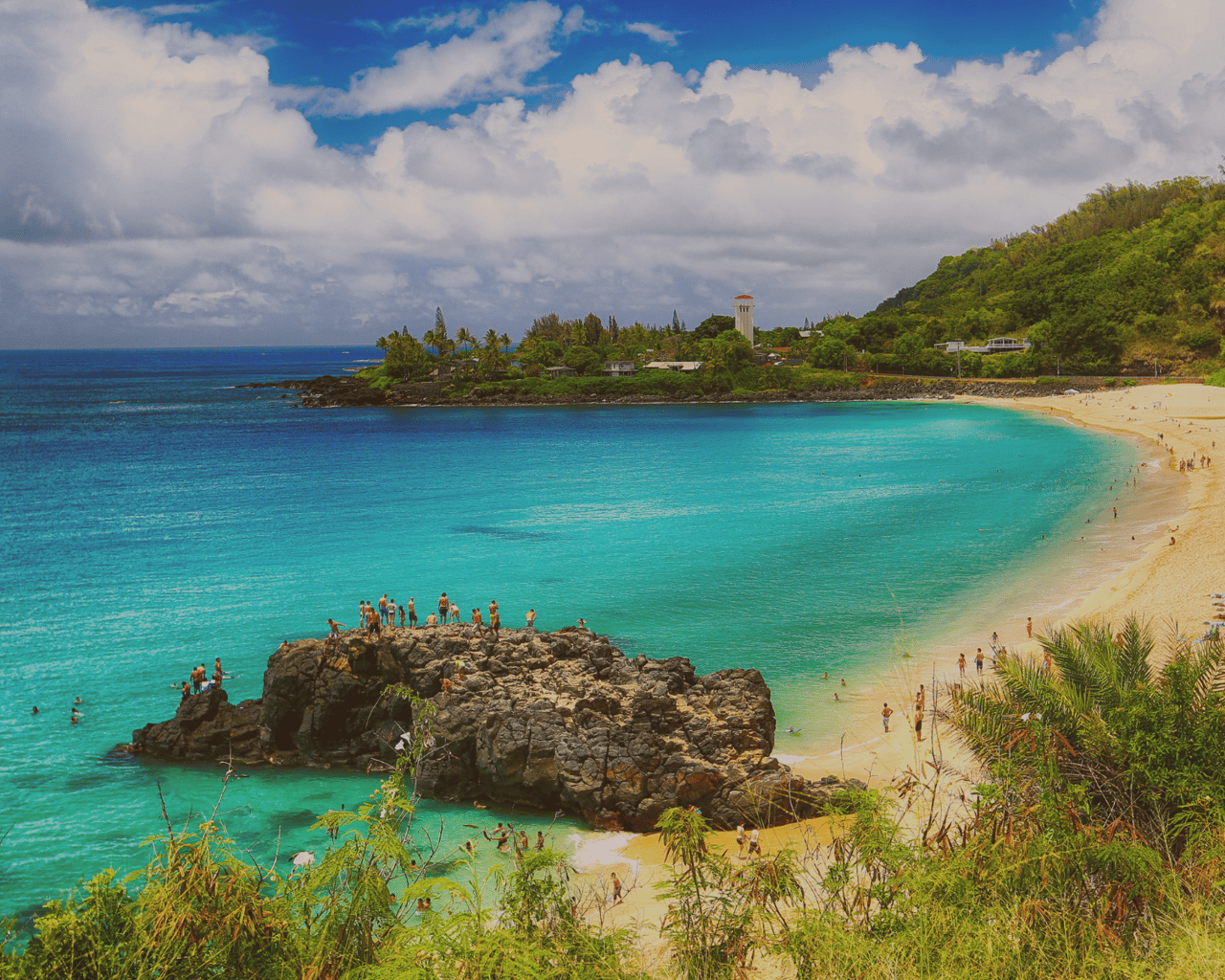
From snorkeling with sea turtles to dancing at a luau—discover the top adventures and cultural experiences that make Oʻahu a summer dream destination.

Celebrating Dad, Oʻahu-style: bold flavors, big waves, and legendary memories.
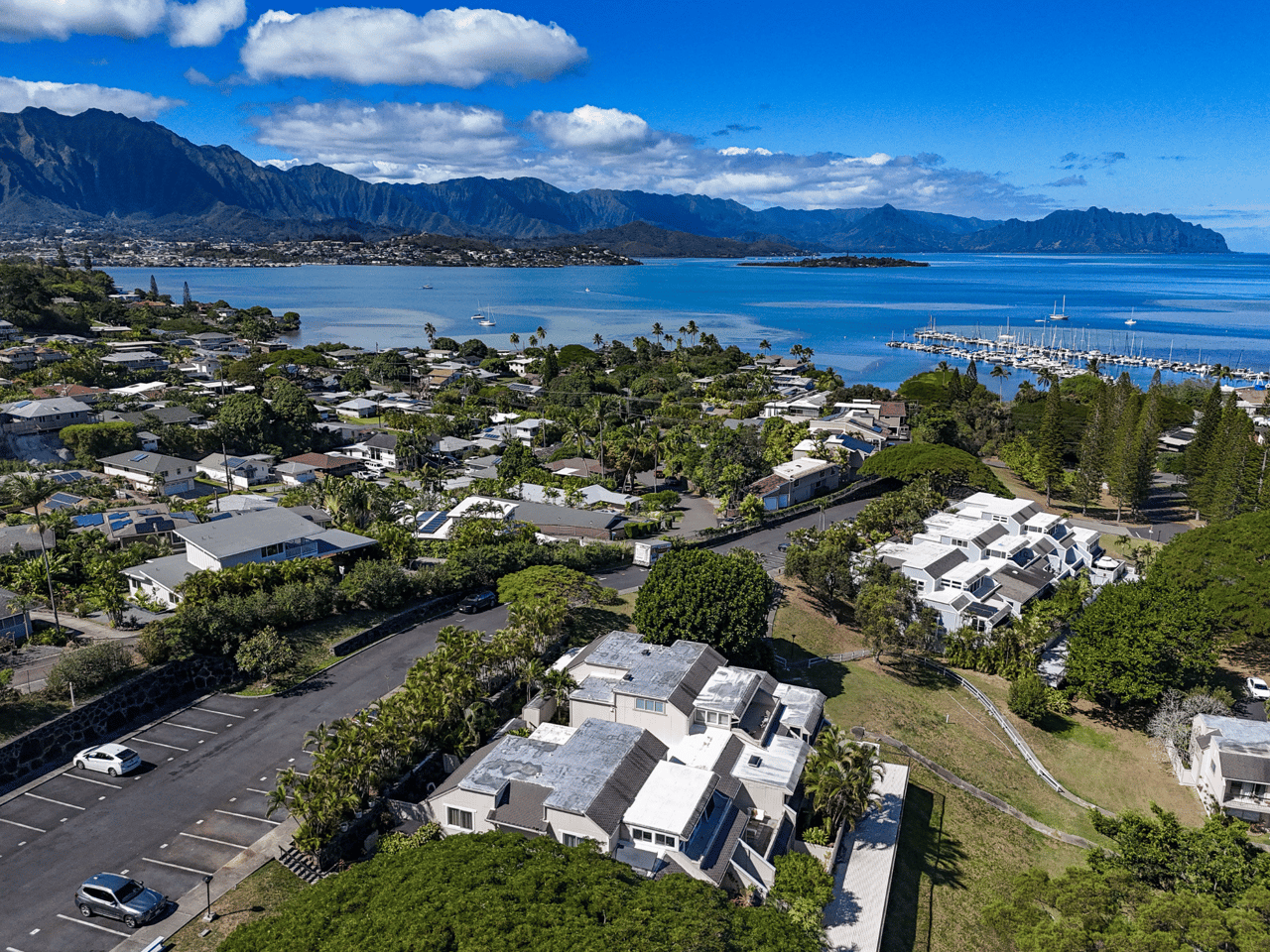
Why the 2025 Housing Market Isn’t Crashing—And What Real Estate Pros Should Know


A Comprehensive Guide to the Home Appraisal Process for Hawaii Homebuyers and Sellers
We have 10 years of professional real estate experience. We love to help families, veterans and first time home buyers buy and sell. We both relocated to Oahu with our fur babies, to follow our dreams and live the Hawaii livestyle. Both of our families have deep roots in real estate, providing us strong real estate foundations.